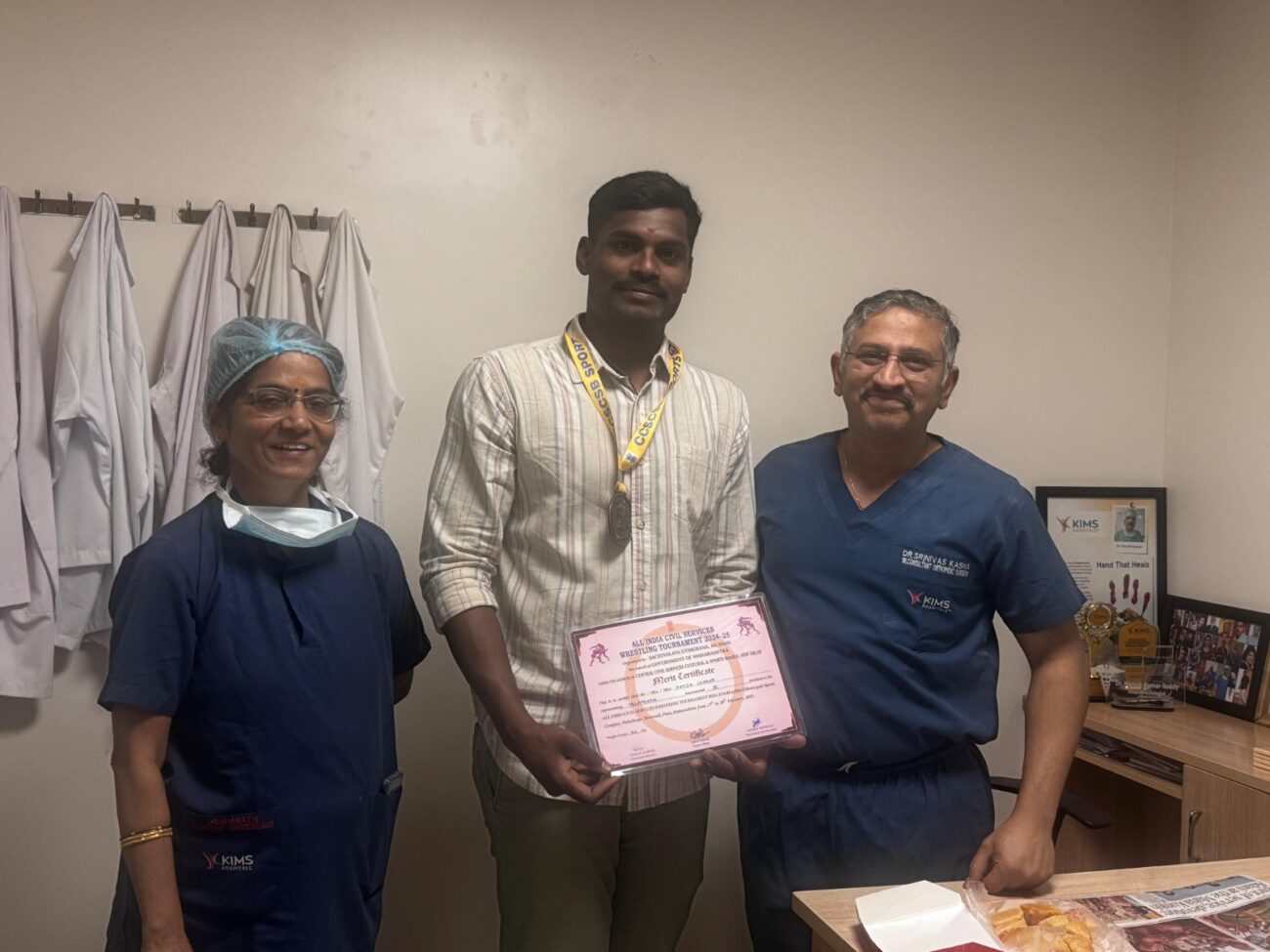Let us streamline regulations for a vibrant medical device industry
By Rajiv Nath, Forum Coordinator, Association of Indian Medical Device Industry (AiMeD), New Delhi. The potential of the Indian medical devices industry is immense. With the implementation of enabling measures such as streamlining regulations, achieving self-reliance in

The potential of the Indian medical devices industry is immense. With the implementation of enabling measures such as streamlining regulations, achieving self-reliance in domestic production and global competitiveness is very much within our reach. Currently, local firms meet only 34.6 per cent of the $12 billion Indian market demand, with imports accounting for the remaining 64.4 per cent, amounting to $7.6 billion in FY2023.
By 2030, our domestic medical devices sector could expand to $50 billion with a planned strategy of slashing import dependency to 35 per cent while simultaneously bolstering exports to $18 billion. This transition can potentially generate 1.5 million new jobs, further fuelling economic growth and innovation in the sector. But are we really prepared to make the most of the opportunity arising out of our medical devices industry?
No doubt a number of measures have been taken by the Central government to further improve the ease of doing business in the country. However, what will act as a catalyst to foster vibrancy and growth is streamlining regulations for the medical device industry in the country.
By simplifying and rationalizing regulatory processes, the industry can experience enhanced efficiency, reduced bureaucratic hurdles, and users’ access to accelerated affordable innovation. A transparent and predictable regulatory framework not only attracts domestic investments but also encourages foreign investments, leading to technological advancements and job creation.
A good law needs to be simple, reasonable and implementable and give direction of intent for a progressive aspiring nation. Medical electronic devices which are an engineering product like cars can’t be manufactured or regulated like drugs and need to be stored, transported, installed, and maintained and regularly calibrated to ensure patient safety for the lifecycle of the product.
To be more pointed, we can’t be building world class expressways and expect public to drive at a speed limit of 60 km per hour and fine or harass majority of them for breaking the law or have unrealistic expectations by pharma background inspectors (seeking biocompatibility data or clean rooms or shelf life stability studies for every medical devices) . Instead, if strong appropriate regulatory discipline is inculcated as per best international practices , we need to aim for safer higher speed limits until we have the confidence to trust our drivers like in Germany and even not have an upper speed limit but a minimal speed limit, on the expressways.
A strong post market surveillance is needed to monitor the medical devices marketplace to ensure the regulatory system is performing well and when triggered by an adverse event reporting then instead of witch-hunting, systemic preventive and corrective actions are sought by regulators to ensure patient safety.
The esteemed members of the Parliamentary Standing Committee of Health & Family Welfare Ministry have rightly recommended formulating a separate legislation for medical devices, instead of having a combined legislation for drugs, medical devices and cosmetics.
The Committee also reiterated its earlier recommendation that the new legislation should set up a new set of regulators at different levels for regulating the medical devices industry. Unlike the present structure, the proposed National regulator should license the manufacturing of all classes of medical devices, that is, Class A, B, C, and D and all state regulators should be part of the National Regulatory Body . This will help harmonise the regulation process throughout the country as it would do away with different regulating standards and procedures employed by different States.
The Parliamentary Committee has also consented to the fact that with industry growing by leaps and bounds, the government should not afford regulation of medical devices by pharma experts. It is high time the medical device regulations are dispensed with by qualified and well-trained medical device officers with appropriate engineering and scientific competencies to give a fillip to the medical device industry in the country.
Therefore, a separate regulatory infrastructure for medical devices with a dedicated workforce instead of adjoining with the CDSCO would serve the purpose better by weaning away from the current common manpower pool. The Health and Family Welfare Ministry along with compulsory compliance to Quality Management System as per schedule 5 of the MDR, 2017, should also allow cognisance to 3rd party voluntary assurance schemes like Quality Council of India’s ICMED 13485 so that along with Patient Safety focus can be on building global Quality Competitiveness .






